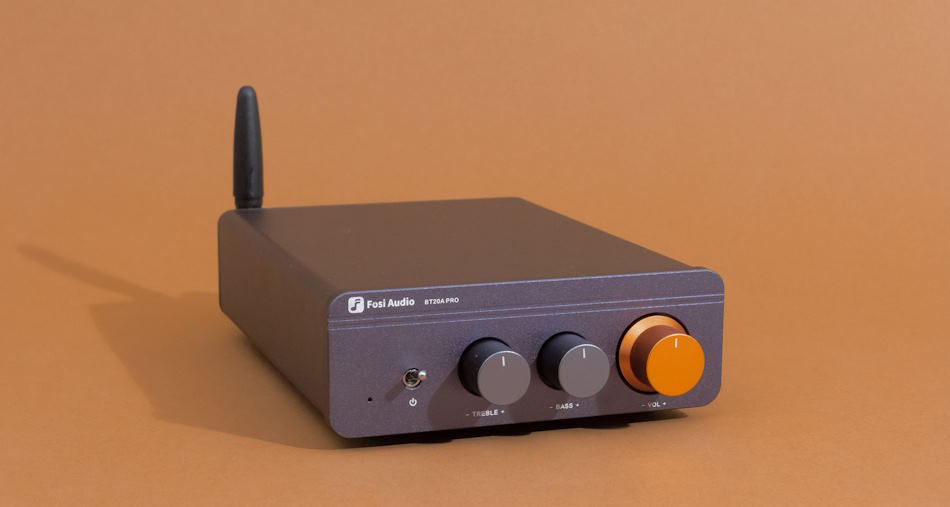As technology continues to advance, audio enthusiasts find themselves immersed in a world of possibilities for crafting the ultimate home audio experience. Preamp outputs, often overshadowed by more prominent features, are the unsung heroes that can make or break the audiophile’s dream setup. Whether you’re a seasoned audio connoisseur or a budding enthusiast, understanding the role of preamp outputs is key to unlocking the full potential of your high-end AV receiver.
Understanding Preamp Outputs
Audio enthusiasts often encounter the term “preamp outputs” in discussions surrounding high-end Pioneer avr. To demystify their significance, let’s delve into the core functionality and types of preamp outputs that contribute to the heart of any sophisticated audio setup.
Explanation of Preamp Functionality
At its essence, a preamplifier, or preamp, serves as the intermediary between audio sources and power amplifiers. The primary function is to take the relatively weak audio signals from various sources such as CD players, turntables, or streaming devices and boost them to a level suitable for amplification. Beyond mere amplification, preamps also play a crucial role in shaping and refining the audio signal, contributing to the overall quality of the sound that reaches the speakers.

Different Types of Preamp Outputs
- RCA Preamp Outputs: RCA (Radio Corporation of America) connectors are a common sight in audio setups. RCA preamp outputs are prevalent in most consumer audio equipment, providing a straightforward and widely compatible connection for transmitting audio signals.
- XLR Preamp Outputs: XLR (External Line Return) connectors, often associated with professional audio setups, offer a balanced connection. Known for their ability to reduce interference and transmit signals over longer distances without signal degradation, XLR preamp outputs are favored in high-end audio applications.
Importance of Preamp Outputs in Audio Systems
The importance of preamp outputs lies in their ability to ensure signal purity, minimize interference, and allow for precise control over audio signals. Whether you’re a meticulous audiophile or a casual listener, understanding the role of preamp outputs is fundamental to appreciating the intricate dance of technology that brings your favorite tunes to life.

Choosing the Right AV Receiver with Preamp Outputs
Selecting the ideal AV receiver can be a pivotal decision in curating a stellar audio setup. When specifically considering models with preamp outputs, a thoughtful approach ensures that your investment aligns seamlessly with your audio aspirations.
Key Considerations in AV Receiver Selection
Begin by identifying your specific audio needs. Consider factors such as the room size, desired audio sources, and whether you intend to build a multi-zone system. Evaluate the power output, channel configuration, and the supported audio formats to ensure compatibility with your audio preferences.
Compatibility with Existing Audio Components
Harmony in an audio setup relies on the synergy between components. Check the compatibility of the AV receiver’s preamp outputs with your existing audio components. Whether you have high-end amplifiers or specialized speakers, ensuring that they integrate effortlessly is essential for a cohesive and high-fidelity sound experience.
Budget Considerations and Value for Money
While high-end AV receivers with preamp outputs offer an array of features, it’s crucial to strike a balance between your budget and the desired functionality. Assess the value each model brings in terms of build quality, supported technologies, and overall performance. Seek out options that not only fit your financial considerations but also provide a long-term investment in audio satisfaction.
